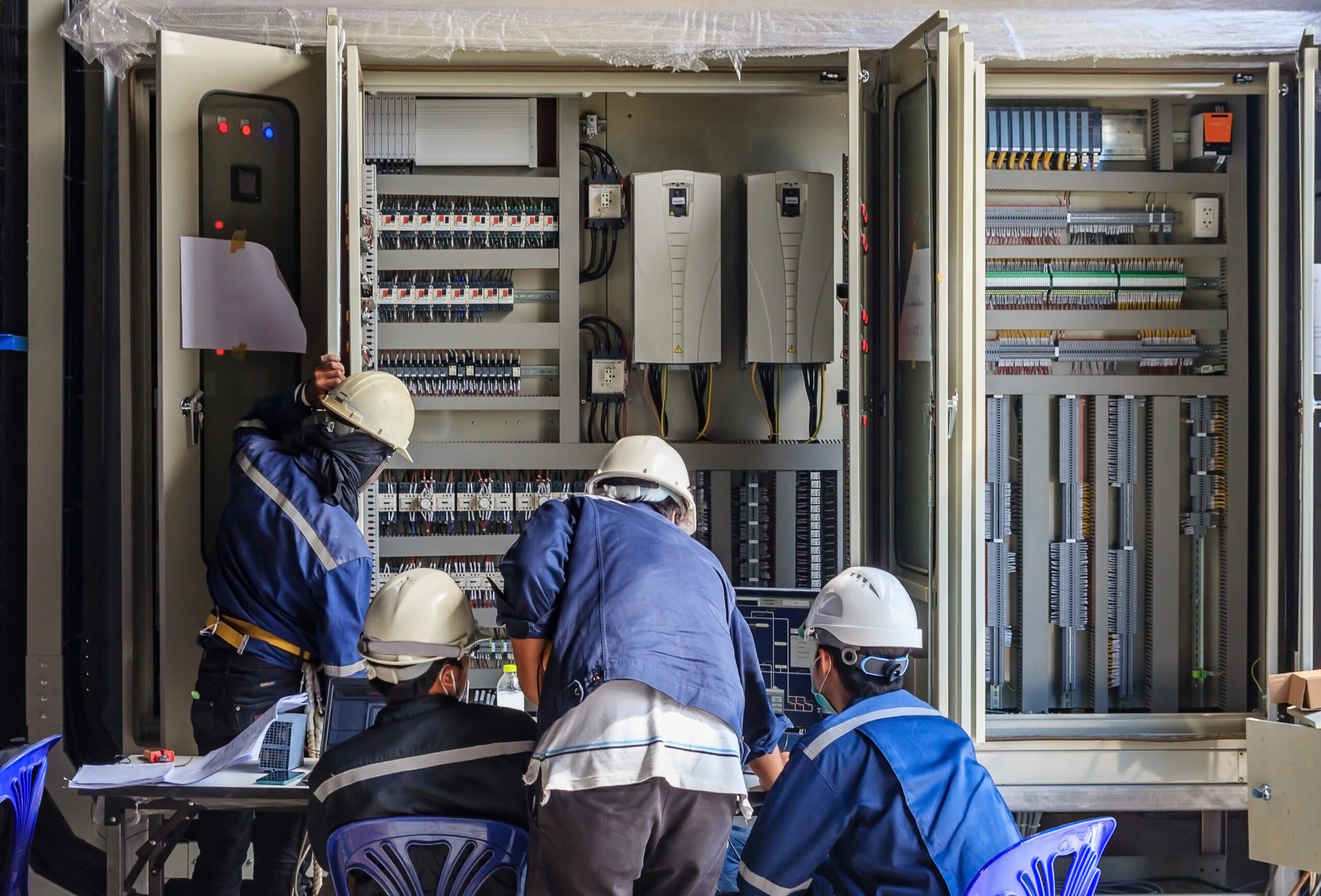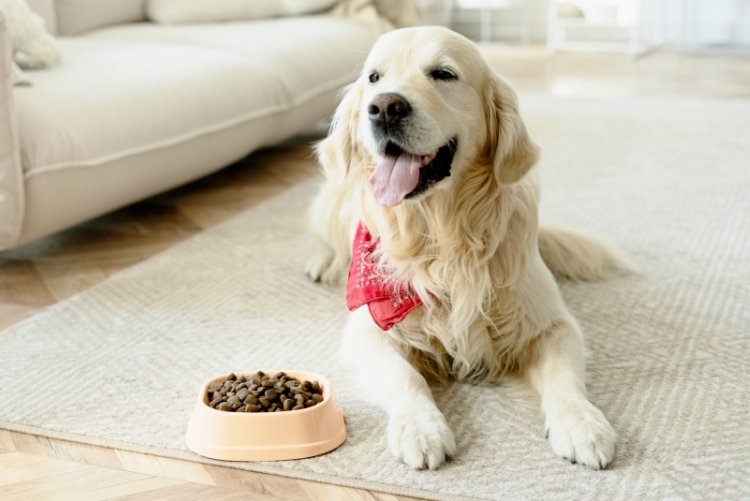The ingredient feeder is responsible for metering the right amount of ingredients from the source into the next process. This part of the ingredient system is often overlooked, which can cause problems later on.
Different materials, particularly fibrous, aeratable, abrasive and cohesive materials, can all create problems in the wrong type of feeder. If you’re struggling with flow problems, consider these tips on how to select the right feeder for your materials.
Assess Your Materials
First, you’ll want to assess your materials.
Having a good understanding of your materials’ properties will help in selecting the right feeder. It will also help in designing the optimal system overall.
If your equipment designer understands the difficult characteristics of your material, they can make adjustments to the feeder and prevent flow and measurement problems. Give your equipment supplier a sample of the materials beforehand, so they can make an assessment.
Consider the following material characteristics, which can cause flow problems at the feeder.
- Fibrous: Fibrous materials are lightweight, with long strands. They tend to be fragile and easily interlock and mat.
- Aeratable: Aeratable materials are usually fine powders that behave like liquids when aerated. This can cause them to flood hoppers and create hazardous dust clouds.
- Abrasive: Abrasive materials can quickly wear out your feeder. However, the wrong feeder liner can cause the materials to break apart.
- Cohesive: Cohesive materials tend to stick to each other and form balls or clumps.
Feeders for Fibrous Materials
Fibrous materials are some of the most challenging to work with. There is a wide variety of fibrous materials, such as fiberglass, carpet fibers, wood flour, husks and many more.
The strand length will be an important consideration, as well as density and moisture content. Fibrous materials with short strands will be easier to work with, while long strands will be more difficult.
In some cases, a screw feeder may work best. However, there should be a large gap between the screw and the tube, so the long strands don’t break apart in the process. A slower than normal rotation, variable screw pitch and a rotating flow blade will help to keep the material moving at a steady rate.
In other cases, a vibratory feeder may work better than a screw feeder for long-strand materials, as a screw feeder can damage the material. An agitation system will help to prevent matting. However, the hopper must also suit the feeder. If the fibers are very susceptible to matting rat-holing, a surge hopper may be ideal.
Feeders for Aeratable Materials
Aeratable materials like talc powder, flour, glass microspheres and other powders can pose serious hazards without the right feeder design and safeguards. These materials flow like water when aerated, and also create dangerous dust clouds. Dust clouds create debris across the factory. They can be hazardous to workers’ health if inhaled, and a spark—even from static electricity—can cause them to ignite.
One of the most important considerations in selecting a feeder for aeratable materials is dust suppression and collection systems. Fugitive dust can be an issue at various points in the process, including the hopper, feeder, conveyance system and more. Tight seals between these processes will help to keep dust from escaping. However, dust collectors should be used at any point where the material may escape, and regularly assessed to ensure proper airflow.
Besides creating dust, aeratable materials are also prone to flooding. They will flush out of a feed screw and overfill the system if the feeder is not designed properly. A center rod works better than an open flight in this case. It may also be beneficial to use smaller, more frequent refills to prevent aeration. Vibrators can also help to densify the material and make it easier to work with.
Feeders for Abrasive Materials
Abrasive materials can quickly damage the feeder. However, the wrong feeder lining can also damage the material. Selecting the right feeder for abrasive materials means finding a liner suitable for the particle size and hardness of the material.
An abrasion-resistant bolt-in liner made from steel, carbide, or polyethylene can help to protect the feeder. However, this may not be suitable for large particles dropped from a distance. As the hardness and abrasion resistance of the liner increases, it also becomes more brittle. This makes it more susceptible to damage from heavy impacts. This also makes it harder to form and handle, so fabrication will be more challenging.
To find the right balance of hardness and abrasion resistance, it’s helpful to have a good material sample and assessment of the overall process.
Feeders for Cohesive Materials
Cohesive materials tend to stick to each other and clump together. The first line of defense against this problem is the hopper design. An asymmetrical mass-flow hopper will help to discourage rat-holing. The hopper should also have a completely smooth surface, with no ledges or protruding welds for the material to stick to.
You might use external paddles and a flexible hopper to de-clump the material as it moves into the feeder. Or, a slow-spinning, vertical or horizontal agitator will break up the material before it enters the feeder. Air pads or vibration might also help. However, agitation devices should cycle, not work continuously, or they can cause the material to become either airborne or compacted.
A properly designed screw feeder will be best for cohesive materials. The opening from the hopper to the feeder should be as large as possible. A screw with a larger center shaft, smaller flights and progressive pitch will also help the material fill the screw flights evenly and feed consistently.
Work with the Right Equipment Manufacturer
Different materials flow in different ways. A feeder that works for one material might not work for another. To select the right feeder for your materials, the best defense is a clear understanding of how the material flows. Giving your equipment manufacturer a sample of your materials and testing the process beforehand will help to ensure your equipment works properly when it’s installed.
As a manufacturer of both the equipment and control systems, APEC offers a comprehensive system to meet all your process needs. This approach allows us to address your entire program and deliver solutions that will result in precise control of the proportioning of your recipe ingredients with reduced cost.
Reach out today to find out how APEC can help you improve your processes.







